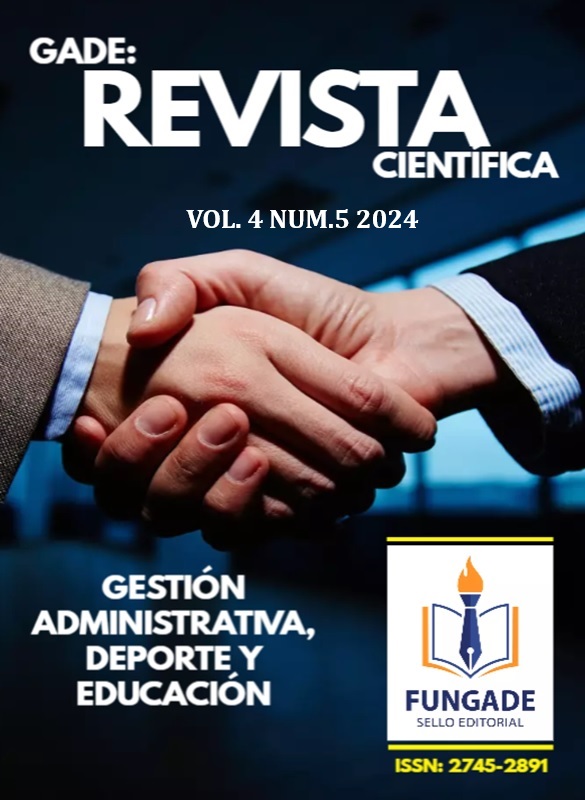Intergovernmental transfers and fiscal autonomy in colombian municipalities
Abstract
This paper analyzes the impact of intergovernmental transfers and own-source revenues on public spending in Colombian municipalities during the 2000-2017 period, using econometric panel data models (pooled, random effects, and fixed effects). The results indicate that own-source revenues per capita have a greater impact on municipal spending than unconditional transfers, highlighting the importance of strengthening municipal fiscal autonomy. Additionally, it is evident that reductions in unconditional transfers and royalties per capita drive local governments to seek alternative funding sources, such as increased local revenue collection, new taxes, or borrowing, to maintain their spending levels. However, the heavy reliance on conditional transfers limits the flexibility of municipalities, particularly those in the sixth category.
Downloads
References
Bardhan, P., & Mookherjee, D. (2006). Decentralization, Corruption and Government Accountability: An Overview. En S. Rose-Ackerman (ed.), International Handbook on The Economics of Corruption (pp. 161-188). Edward Elgar.
Buchanan, J. M. (1967). The fiscal illusion Chapel Hill: University of North Carolina Press.
Deller, S., & Maher, C. (2004). Does the flypaper effect show up when state aids are reduced?: Testing wisconsin municipalities for asymmetries in the flypaper effect. Chicago IL:
Heyndels, B. (2001). Asymmetries in the flypaper effect: Empirical evidence for the flemish municipalities. Applied Economics, 33(10), 1329-1334. doi:10.1080/00036840010004536
Kyriacou, A. P., Muinelo-Gallo, L., & Roca-Sagalés, O. (2015). Fiscal Decentralization and Regional Disparities: The Importance of Good Governance. Papers in Regional Science, 94(1), 89-107. https://doi.org/10.1111/pirs.1206
Levaggi, R., & Zanola, R. (2003). Flypaper effect and sluggishness: Evidence from regional health expenditure in italy. International Tax and Public Finance, 10(5), 535-547. doi:10.1023/A:1026118222901
Muñoz, A., Pineda, E., & Radics, A. (2017). Descentralización fiscal y disparidades regionales en amèrica latina. el potencial de las transferencias de igualación. In A. Muñoz, E. Pineda & A. Radics (Eds.), (pp. 13-28). washington, D.C.: Banco Interamericano de Desarrollo.
Musgrave, R. A. (1959). The Theory of Public Finance. McGraw-Hill.
Oates, W. (1972). Fiscal federalism. Harcourt Brace Jovanovich.
Prud'homme, R. (1995). The dangers of decentralization. The World Bank Research Observer, 10(2), 201-220. doi:10.1093/wbro/10.2.201
Tiebout, C. (1956). A Pure Theory of Local Expenditures. The Journal of Political Economy, 64(5), 416-424. https://www.jstor.org/stable/1826343
Torres-Ortega, Jose Marcelo. (2021). El papel de las élites en las dinámicas de descentralización y centralización. El caso de Colombia para el periodo de 1980-2010 [Tesis de doctorado no publicada, Universidad Externado de Colombia].
Torres Ortega, J. M., & Ortega De La Rosa, J. M. (2022). Efecto flypaper: estudio de caso para los municipios colombianos, periodo 2000-2017. Lecturas De Economía, 97(97), 79–111. https://doi.org/10.17533/udea.le.n97a347575
Winer,S.L.(1983).SomeEvidenceontheeffectoftheseparationofspending and Taxing Decisions. The Journal of Political Economy, 91(1), 126-140. https://doi.org/10.1086/261131
Copyright (c) 2024 José Marcelo Torres Ortega,Julio Cesar Cantillo Padrón,María Claudia Pacheco Barros

This work is licensed under a Creative Commons Attribution-NonCommercial-NoDerivatives 4.0 International License.






